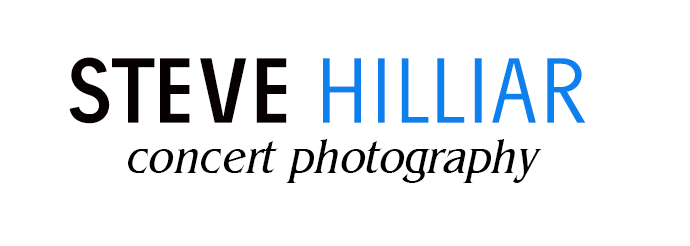Introduction
Concert photography is an electrifying art form that allows photographers to encapsulate the essence of live music performances in a single frame. It’s a thrilling blend of technical skill, creativity, and the ability to capture fleeting moments of raw emotion. In this blog post, we’ll explore the most important aspects of concert photography, offering insights into the techniques, equipment, and mindset needed to excel in this captivating genre.
- Technical Proficiency
Concert photography demands technical proficiency, as it often involves capturing fast-moving subjects in challenging lighting conditions. A solid understanding of manual camera settings, such as aperture, shutter speed, and ISO, is crucial to adapt to varying stage lights and achieve stunning shots. Pre-concert preparation, including checking venue lighting and scouting for ideal shooting locations, can significantly enhance the quality of your work.
- Timing and Anticipation
Timing is everything in concert photography. Anticipating the peak moments of a performance allows photographers to immortalize the artists’ passion, the crowd’s excitement, and the synergy between them. Capturing an artist mid-leap or a guitarist shredding their instrument requires a keen eye and the ability to react quickly to the unfolding spectacle.
- Storytelling through Images
Concert photography is more than just capturing musicians on stage; it’s about telling a story. A series of photographs should reflect the energy of the concert, the connection between the performers and their audience, and the emotions shared during the event. A well-composed sequence of shots can transport viewers to the heart of the concert, even if they weren’t physically present.
- Respect for Artists and Audience
As a concert photographer, respect for the artists and the audience is paramount. Avoid being intrusive or disruptive during performances. Remember that you are capturing intimate moments of vulnerability, passion, and creativity. Building a rapport with the artists and the crew can also lead to unique opportunities and a deeper understanding of the music scene.
- Creativity and Style
Concert photography offers a canvas for photographers to infuse their artistic style and creativity. Experimenting with different angles, perspectives, and post-processing techniques can lead to unique and visually captivating images. However, it’s essential to maintain a balance between creativity and authenticity, ensuring that the images genuinely represent the essence of the performance.
- Equipment Essentials
While creativity is essential, having the right equipment is equally vital. A fast and reliable DSLR or mirrorless camera with good low-light performance and high ISO capabilities is a must. Fast lenses, such as a wide-aperture prime or zoom lens, enable capturing sharp images in low light. Additionally, spare batteries, memory cards, and a sturdy tripod are essential tools for any concert photographer.
- Managing Photo Rights and Etiquette
Understanding photo rights and etiquette is crucial when it comes to concert photography. Different venues and artists may have specific rules and restrictions regarding photography. Always seek permission and adhere to the guidelines to avoid any legal issues and maintain a positive relationship with the artists and their management.
Conclusion
Concert photography is a thrilling and demanding art form that requires technical expertise, creative vision, and a deep appreciation for music and performance. It’s about capturing the magic of live events, freezing moments of passion, and telling powerful stories through images. By mastering the technical aspects, embracing creativity, and respecting artists and audiences, concert photographers can create breathtaking photographs that transcend time and allow others to experience the euphoria of live music, one frame at a time.
